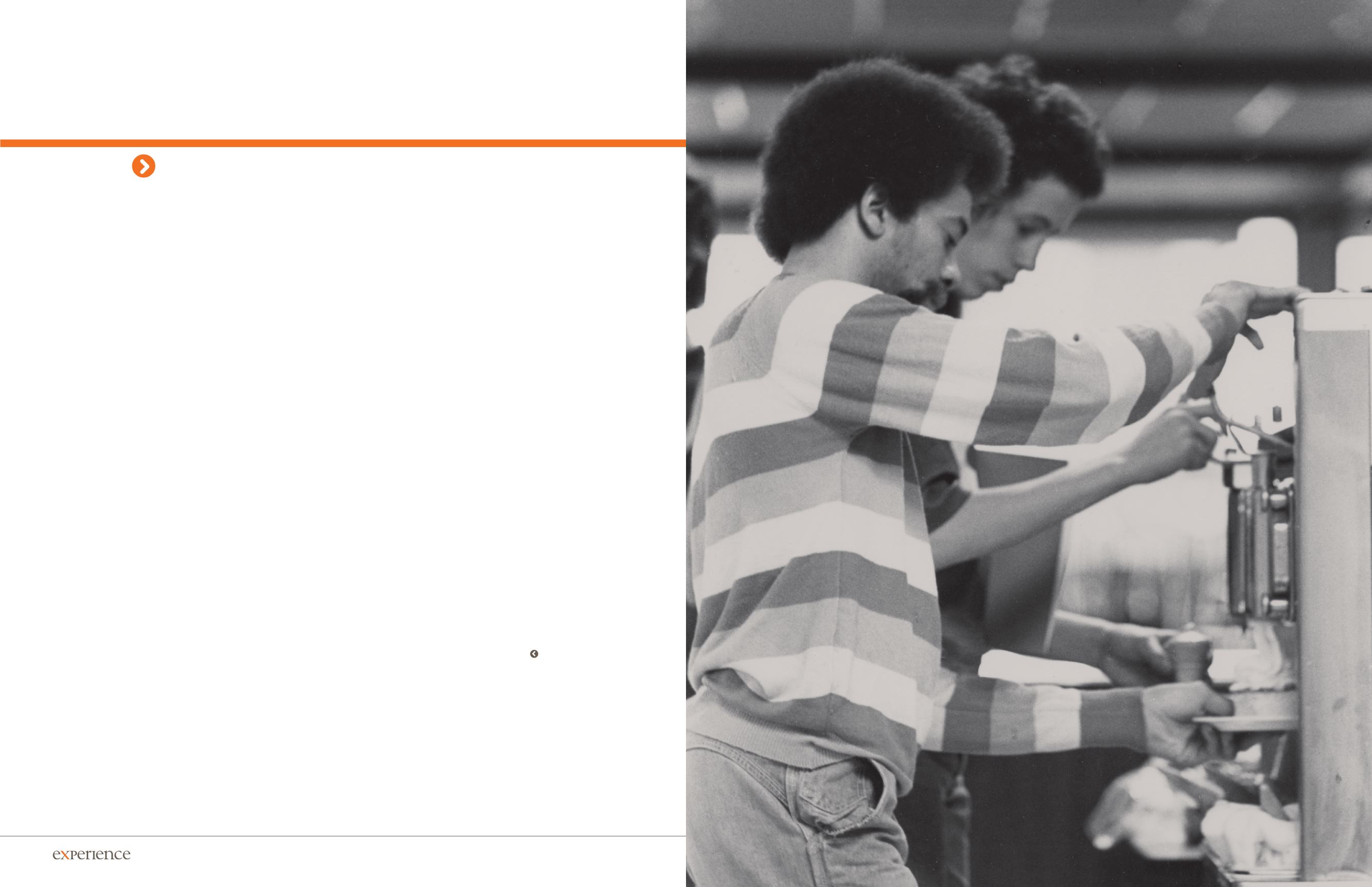

SPRING 2016
SPRING 2016
clemson.edu/studentaffairs clemson.edu/studentaffairs6
7
The history of the Clemson House dates back
to the time before Clemson University became
a coeducational institution in 1955, when it
was an all-male military school called Clemson
College. Before 1950, the Clemson Club Hotel
stood in the place of our current Clemson
House. The hotel was a large boarding house
that provided rooms and apartments for faculty
and their families. During this time, the college
hosted formal dances where the student cadets
invited female “chaperones” from surrounding
colleges and towns to join them. In addition
to housing faculty, the Clemson Club Hotel
was used as a place for the young women who
attended the dances to stay overnight.
Although the Clemson Club Hotel served
its purposes very well, by 1948 it was time
for a renovation. Former University President
Franklin Poole received a report that called
for an apartment-style hotel to be built in
place of the older hotel. The house-hotel would
provide meeting rooms, a large lounge and a
more modernized and upscale look.
On Nov. 1,
1950, the Clemson House opened for business
and has been serving students, the University
and the community ever since.
The purpose of
this new facility was to house faculty, staff and
retired faculty. The new project hoped to attract
new, young faculty by enticing them with the
option to live in convenient on-campus housing.
The Clemson House was once known as
“Carolina’s smartest hotel” and employed
students as luggage carriers and servers after
the University became coeducational. It
featured a large open lounge, a restaurant,
The Saber Room, and the Tiger Tavern, which
sold non-alcoholic beverages.
Upon its initial
opening, the Clemson House served as a place
for students to relax and hang out.
It was not
unusual to see students playing cards in the
open lounge or going to Tiger Tavern after
classes were over.
The house-hotel also featured
a “Radio House” until the 1980s when WSBF
Clemson 88.1 FM evolved from a progressive
to an alternative genre of music. A number of
South Carolina governors and United States
senators, former U.S. Secretary of State Dean
Rusk and violinist Yehudi Menuhins, among
others, have all stayed at the Clemson House.
Currently, the Clemson House is comprised of
seven floors of rooms and apartments, housing
first-year students and visiting faculty, as well
as a three-bedroom penthouse. It has a variety
of rooms that may function as meeting and
conference rooms. There is also a barbershop
located on the first floor, a free laundry room
and a workout room on the lower level.
For more than 60 years, the Clemson House
has provided a home to Clemson students.
The Douthit Hills project will continue to
give students an atmosphere of comfort
and a place to create lasting memories.
HISTORY of
CLEMSON HOUSE
















